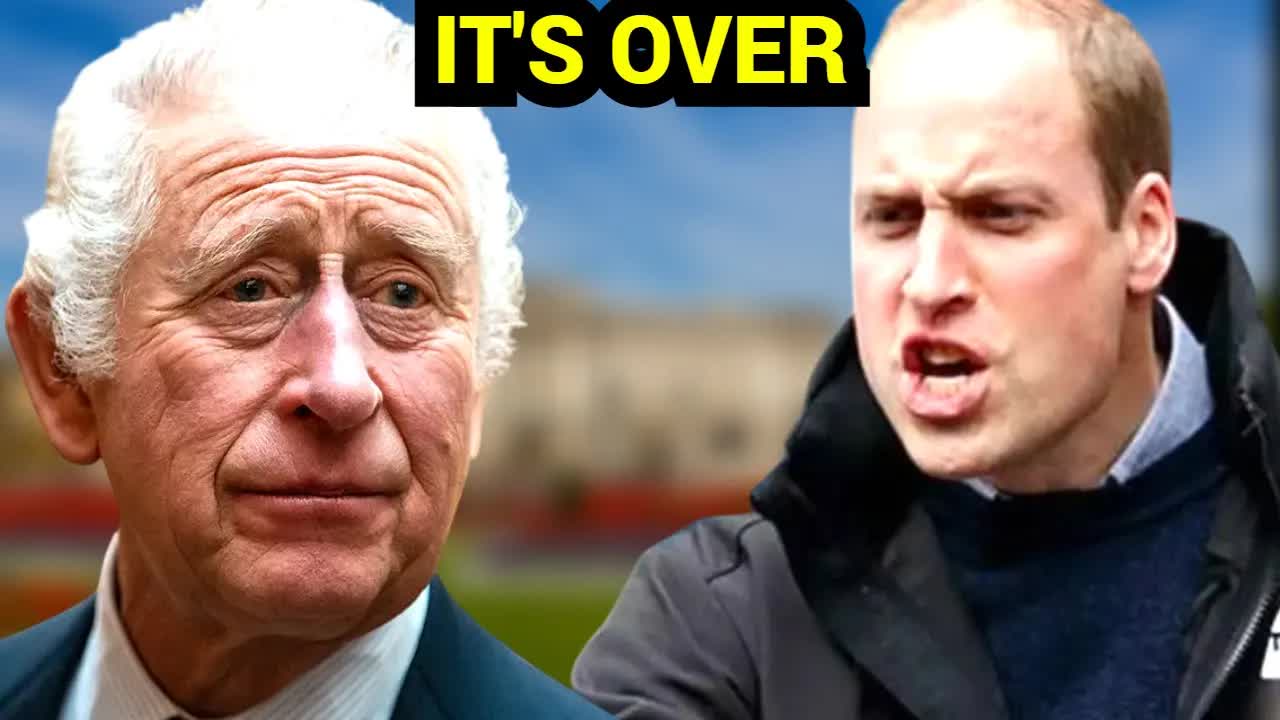The British royal family is undergoing a significant transformation, with Prince William and Kate Middleton stepping into the spotlight.
As King Charles III grapples with health issues in 2024, the Prince and Princess of Wales are beginning to showcase what their reign might look like.
This shift comes at a time when the monarchy faces major personal and public challenges, marking a crucial turning point as the next generation gears up for leadership.
One of the most striking developments is the widening rift between Prince William and Prince Harry.
Once the closest of brothers, they now find themselves on opposite sides of a growing divide.
The bond that once brought them together has been strained by public disagreements and differing perspectives on their royal roles.
What led to this dramatic change?
For Prince William, loyalty to royal duties remains steadfast.
He is focused on preserving the monarchy’s legacy while making it relevant to modern Britain.
His goal is to enhance the monarchy’s public image and ensure its stability, balancing traditional values with the demands of contemporary life.
In contrast, Prince Harry has chosen a path of independence, distancing himself from royal expectations and making controversial statements that have alienated him from family members.
This family drama has captivated the media and public alike.
Speculation about the state of the brothers’ relationship continues to swirl, with many wondering if reconciliation is even possible.
The tension between William and Harry has become one of the most discussed royal feuds, leaving the public divided over who is right and what it means for the future of the monarchy.
As the brothers’ relationship deteriorates, it raises questions about the monarchy’s unity and the importance of family ties within an institution facing increasing scrutiny.
The ongoing tensions are compounded by King Charles III’s health concerns, which have become a focal point in royal discussions.
At 76, his recent cancer diagnosis has led to speculation about potential changes in leadership as he scales back his royal engagements.
Reports indicate that King Charles has completed around 320 engagements this year, a significant drop from the usual number.
His physical appearance reflects his age, with signs of weariness and fatigue becoming more pronounced.
These changes have sparked discussions about whether Charles might consider stepping down, allowing Prince William to take on a more prominent role in the monarchy.
The question of whether King Charles will eventually pass the torch to his eldest son looms large.
Some believe he may adopt a more hands-off approach, giving William greater responsibilities.
This speculation has intensified due to Charles’s health issues, which have limited his ability to travel and fulfill his royal duties.
Adding to the family dynamics, King Charles’s relationship with Prince Harry and Meghan Markle remains strained.
The Sussexes, who stepped back from royal duties in 2020, continue to face challenges in their connection with the monarchy.
Notably, the king’s omission of Harry and Meghan from his Christmas address highlighted the growing distance between them, leading to criticism and accusations of dismissiveness.
For Harry and Meghan, the king’s lack of acknowledgment only deepens their sense of alienation.
Their ongoing legal battles and public disputes with royal relatives make their future involvement with the monarchy uncertain.
Meanwhile, Prince William and Kate Middleton have displayed remarkable resilience during these tumultuous times.
Kate, having undergone preventative chemotherapy earlier this year, has shown immense strength.
Her composure during her fourth annual Christmas carol concert exemplified her determination to fulfill royal duties despite personal challenges.
Her recovery has inspired many and solidified her position as a future queen.
The evolving dynamics within the royal family suggest that a new era may be dawning.
As Prince William and Kate take on more responsibilities, they are proving themselves capable of leading the monarchy into a fresh chapter—one that balances tradition with the demands of modern society.
The world is keenly observing how the royal family navigates these challenges.
Will Prince William ascend to the throne sooner than anticipated?
Will the rift between Harry and the monarchy continue to grow, or is there a chance for reconciliation?
And how will Kate’s resilience shape the future of the monarchy?
The answers to these questions will undoubtedly influence the royal family’s legacy for years to come.
As the British royal family confronts unprecedented challenges, it’s evident that it stands at a crossroads.
King Charles III’s health, coupled with the tensions between William and Harry, is pushing the monarchy toward a pivotal moment.
The rising leadership of Prince William and Kate Middleton signals a transformative period ahead—one that will define the next generation of royals.
The unfolding drama promises to keep the world captivated as the royal family adapts to the changing landscape.
Related Stories

